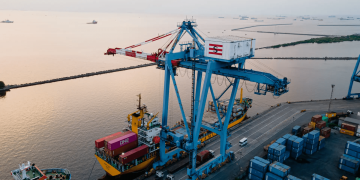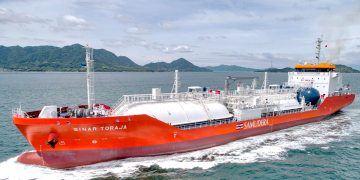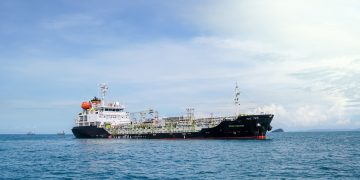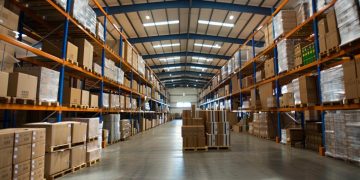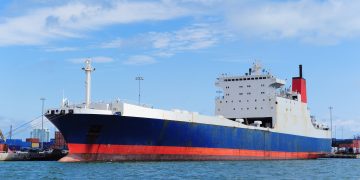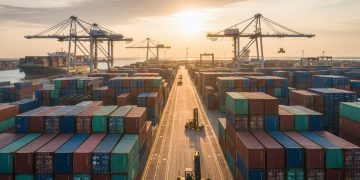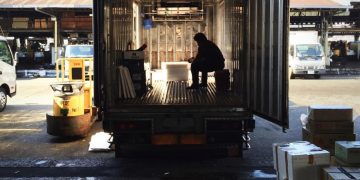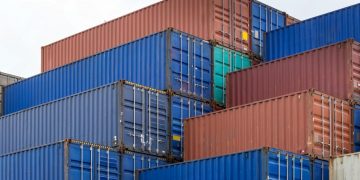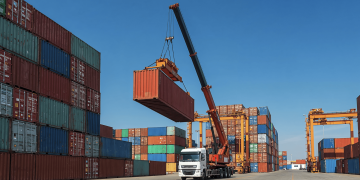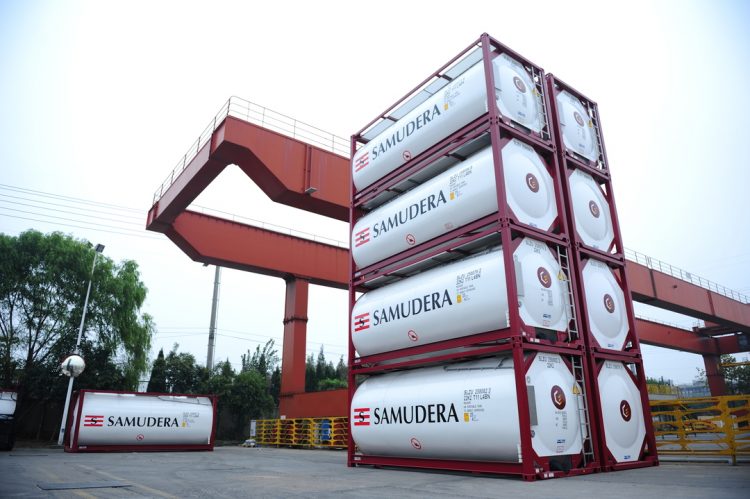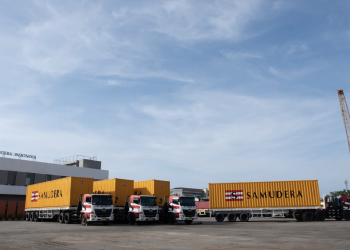This kind of containers are essential stainless steel specifically engineered for the safe and efficient transport of bulk liquids, gases, and powders. Built to rigorous standards set by the International Organization for Standardization (ISO), these tanks are crucial across industries for their durability, cost-effectiveness, and safety. Here’s everything you need to know about the different types of ISO tanks, their uses, and the factors to consider when choosing the right one for your needs.
Types of ISO Tanks and Their Uses
It comes in several types, each designed to fulfill specific operational requirements and regulatory standards. Choosing the right ISO tank type is essential for safe, efficient transport, especially when handling specialized cargo.
1. Standard ISO Tanks
Standard ISO tanks are typically 20 to 40 feet in length, made from stainless steel, and have capacities ranging from 14,000 to 26,000 liters. These tanks are ideal for transporting large quantities of non-hazardous liquids and some hazardous chemicals. With food-grade and hazardous-chemical compatible options, standard ISO tanks meet the safety requirements for a broad range of industries.
2. Reefer ISO Tanks
Reefer ISO tanks are specialized containers designed for temperature-sensitive cargo. Equipped with refrigerator units, these tanks are essential for transporting perishable goods such as dairy, juices, and medications, ensuring that temperature-controlled products remain fresh and safe during long-distance shipping.
3. Gas ISO Tanks (LNG ISO Tanks)
Liquefied Natural Gas (LNG) ISO tanks, also known as T75 ISO tanks, are designed for the safe transport of cryogenic liquids—gases cooled to very low temperatures to be stored in liquid form. These tanks feature advanced insulation to maintain low temperatures and withstand high pressures, ideal for transporting gases like hydrogen, helium, and oxygen.
Specific Types by Cargo Needs
Each ISO tank type caters to a unique set of cargo needs, making it easier to select the right one based on the type of substance and its physical state. Here’s a breakdown:
- T1 ISO Tanks: Suitable for liquids without special treatment, such as food-grade products and non-hazardous chemicals.
- T4 ISO Tanks: Ideal for transporting edible and non-edible oils.
- T11 ISO Tanks: Versatile tanks designed for food-grade products, non-hazardous cargo, and some hazardous chemicals.
- T14 ISO Tanks: Built for the transport of hazardous liquids and acids.
- T50 ISO Tanks: Specifically designed for compressed gases.
- T75 ISO Tanks: Best for transporting cryogenic liquids like liquefied natural gas (LNG).
How to Choose the Right ISO Tank
Choosing the appropriate ISO tank depends on several factors, including the type of goods and their properties. Before making your selection, consider the following:
- Cargo Type: What kind of goods are you transporting—liquids, gases, or powders?
- Hazard Level: Does your cargo contain any hazardous materials that require specialized handling?
- Temperature Control Needs: Do you need a temperature-controlled tank to maintain the product’s stability?
- Volume and Weight: Ensure the tank meets the necessary capacity and weight specifications for your cargo.
By assessing these factors, you can select the ISO tank that provides optimal safety and efficiency for your cargo type.
The Future of ISO Tanks: Eco-Friendly and Technologically Advanced
With the demand for sustainable and durable solutions rising, ISO tanks are likely to evolve with innovations in material science and technology. Future ISO tanks may have an even longer lifespan with eco-friendly materials, making them a more sustainable solution for bulk transport.
Choosing the right ISO tank company for your bulk transportation is an eco-friendly and cost effective choice, like Silkargo Logistics.
Silkargo Logistics is an ISO tank company based in Singapore under Samudera Shipping Line. We offer you T11 ISO tanks to carry food-grade products, hazardous chemicals, and non-hazardous chemicals. We also take environmental responsibility seriously, which will undoubtedly align with our sustainability program.
You can ask our chatbot on the bottom right of the screen or visit our website here for further information.

